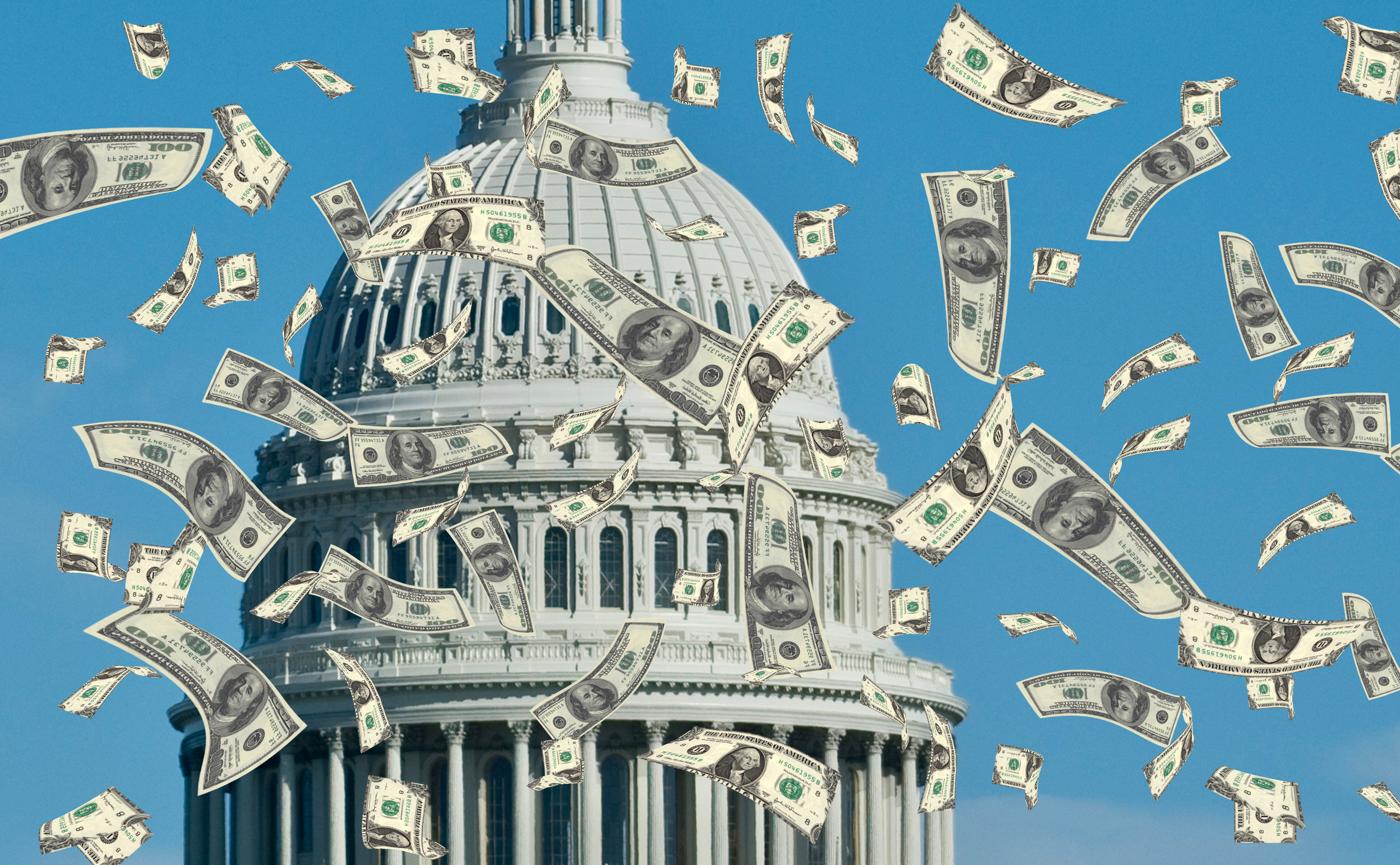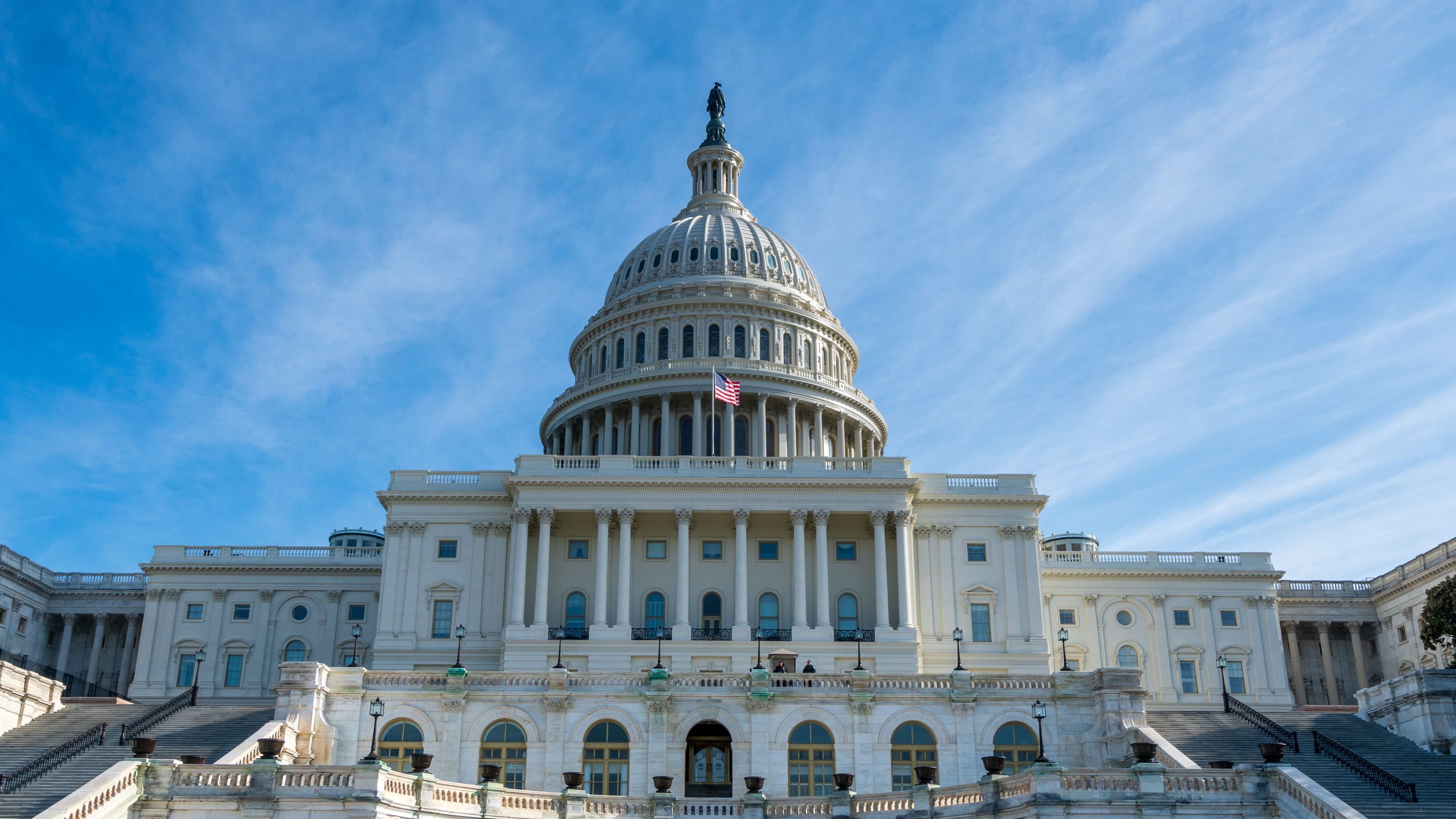Tax Credits for Going Green
You may be able to write off some of the costs of energy-efficient home improvements.

I read your column about the tax credit for installing an energy-efficient central air-conditioning system. What other home improvements qualify for the tax break? And is this credit phased out at higher incomes, as many tax breaks are?
You can get a tax credit for making many other energy-efficient home improvements before December 31, 2010. You don’t have to itemize on your federal tax return to get the benefit, and there’s no income limit.
The credit is 30% of the cost of qualifying energy-efficient home improvements, up to a maximum credit of $1,500 for 2009 and 2010 combined. You can qualify for this tax break even if you claimed the credit for installing energy-efficient windows a few years ago. But if you claimed a credit on your 2009 tax return, you’ll need to subtract that amount from the $1,500 maximum to determine how much you can claim this year.
From just $107.88 $24.99 for Kiplinger Personal Finance
Become a smarter, better informed investor. Subscribe from just $107.88 $24.99, plus get up to 4 Special Issues

Sign up for Kiplinger’s Free Newsletters
Profit and prosper with the best of expert advice on investing, taxes, retirement, personal finance and more - straight to your e-mail.
Profit and prosper with the best of expert advice - straight to your e-mail.
Improvements that qualify for the credit include energy-efficient windows, skylights and doors, and certain types of insulation and roofs (the installation costs for these items don’t count). The cost of purchasing -- and installing -- certain heat pumps, furnaces, water heaters, biomass stoves and central air-conditioning systems also qualify for the credit.
If you spend $5,000 or more on eligible improvements, you qualify for the maximum credit of $1,500.
You can also get a bigger tax break on the purchase and installation of other, major home improvements, such as geothermal heat pumps, solar water heaters, solar panels, fuel cells and small wind-energy systems, as long as no part of these systems is used to heat a swimming pool or hot tub. The credit -- worth 30% of the cost of such improvements -- has no maximum dollar amount, and you have until December 31, 2016, to place those items in service.
See www.energytaxincentives.org and the Environmental Protection Agency’s Energy Star Web site for details on the types of improvements that qualify for the credit.
Profit and prosper with the best of Kiplinger's advice on investing, taxes, retirement, personal finance and much more. Delivered daily. Enter your email in the box and click Sign Me Up.

As the "Ask Kim" columnist for Kiplinger's Personal Finance, Lankford receives hundreds of personal finance questions from readers every month. She is the author of Rescue Your Financial Life (McGraw-Hill, 2003), The Insurance Maze: How You Can Save Money on Insurance -- and Still Get the Coverage You Need (Kaplan, 2006), Kiplinger's Ask Kim for Money Smart Solutions (Kaplan, 2007) and The Kiplinger/BBB Personal Finance Guide for Military Families. She is frequently featured as a financial expert on television and radio, including NBC's Today Show, CNN, CNBC and National Public Radio.
-
 JPMorgan's Drop Drags on the Dow: Stock Market Today
JPMorgan's Drop Drags on the Dow: Stock Market TodaySmall-cap stocks outperformed Tuesday on expectations that the Fed will cut interest rates on Wednesday.
-
 Why Playing It Safe in Retirement Is a Big Risk
Why Playing It Safe in Retirement Is a Big RiskFear of losing money could actually cost you in retirement. Find out why being too conservative with your life savings can hurt you and how to stop that from happening.
-
 Tax Refund Alert: House GOP Predicts 'Average' $1,000 Payouts in 2026
Tax Refund Alert: House GOP Predicts 'Average' $1,000 Payouts in 2026Tax Refunds Here's how the IRS tax refund outlook for 2026 is changing and what steps you can take now to prepare.
-
 Tax Refund Alert: House GOP Predicts 'Average' $1,000 Payouts in 2026
Tax Refund Alert: House GOP Predicts 'Average' $1,000 Payouts in 2026Tax Refunds Here's how the IRS tax refund outlook for 2026 is changing and what steps you can take now to prepare.
-
 New IRS Changes to FSA Contribution Limits for 2026: What to Know
New IRS Changes to FSA Contribution Limits for 2026: What to KnowHealth Care Flexible Spending Accounts have tax advantages worth looking into, especially in light of new IRS changes.
-
 Is a New $25,000 Health Care Tax Deduction Coming in 2026?
Is a New $25,000 Health Care Tax Deduction Coming in 2026?Tax Policy A proposal from GOP Sen. Josh Hawley adds to the chatter about health care affordability.
-
 3 Ways High-Income Earners Can Maximize Their Charitable Donations in 2025
3 Ways High-Income Earners Can Maximize Their Charitable Donations in 2025Tax Deductions New charitable giving tax rules will soon lower your deduction for donations to charity — here’s what you should do now.
-
 An HSA Sounds Great for Taxes: Here’s Why It Might Not Be Right for You
An HSA Sounds Great for Taxes: Here’s Why It Might Not Be Right for YouHealth Savings Even with the promise of ‘triple tax benefits,’ a health savings account might not be the best health plan option for everyone.
-
 10 Retirement Tax Plan Moves to Make Before December 31
10 Retirement Tax Plan Moves to Make Before December 31Retirement Taxes Proactively reviewing your health coverage, RMDs and IRAs can lower retirement taxes in 2025 and 2026. Here’s how.
-
 The Original Property Tax Hack: Avoiding The ‘Window Tax’
The Original Property Tax Hack: Avoiding The ‘Window Tax’Property Taxes Here’s how homeowners can challenge their home assessment and potentially reduce their property taxes — with a little lesson from history.
-
 Three Critical Tax Changes Could Boost Your Paycheck in 2026
Three Critical Tax Changes Could Boost Your Paycheck in 2026Tax Tips The IRS predicts these tax breaks may change take-home pay in 2026. Will you get over $1,000 in tax savings?